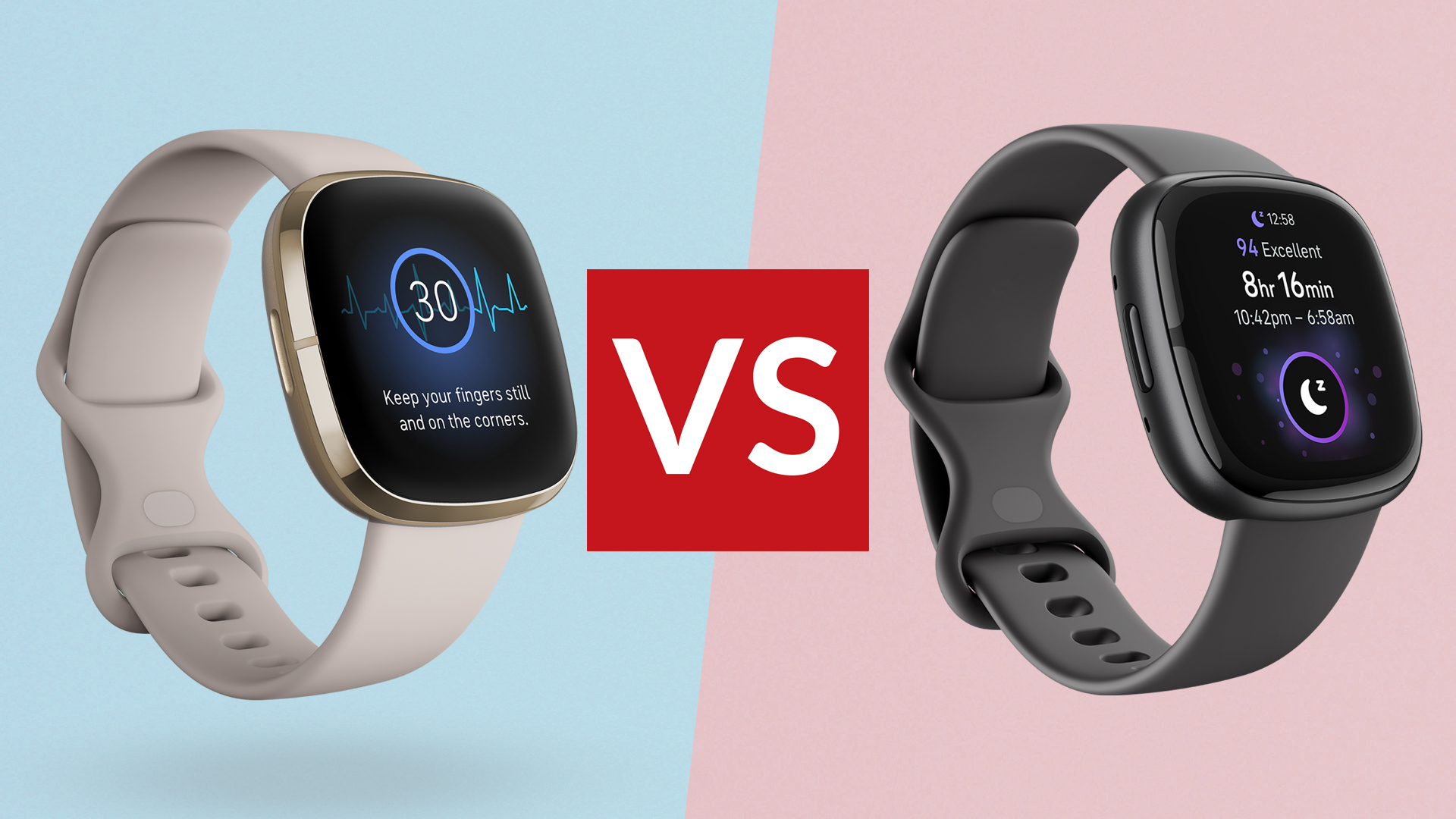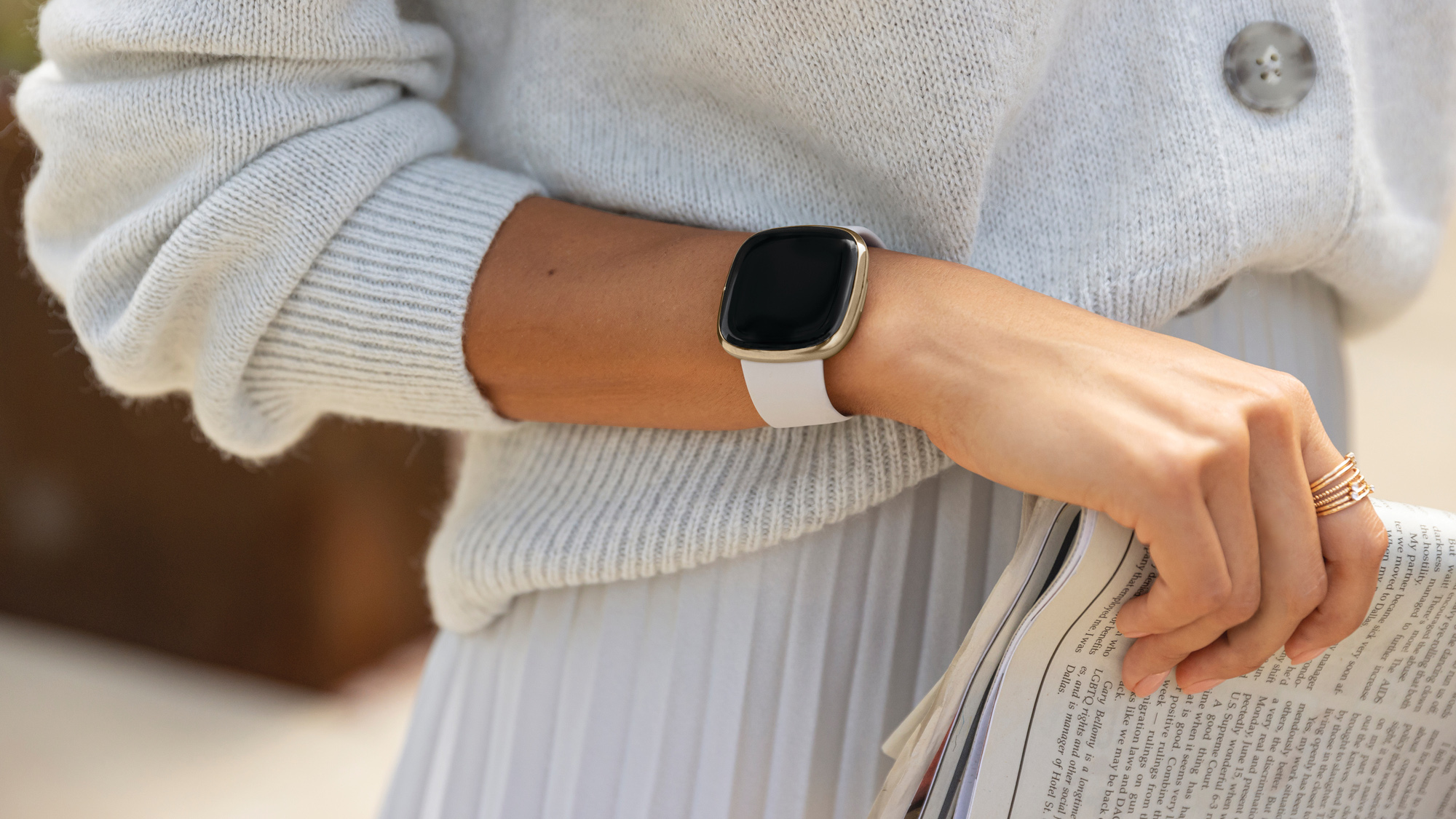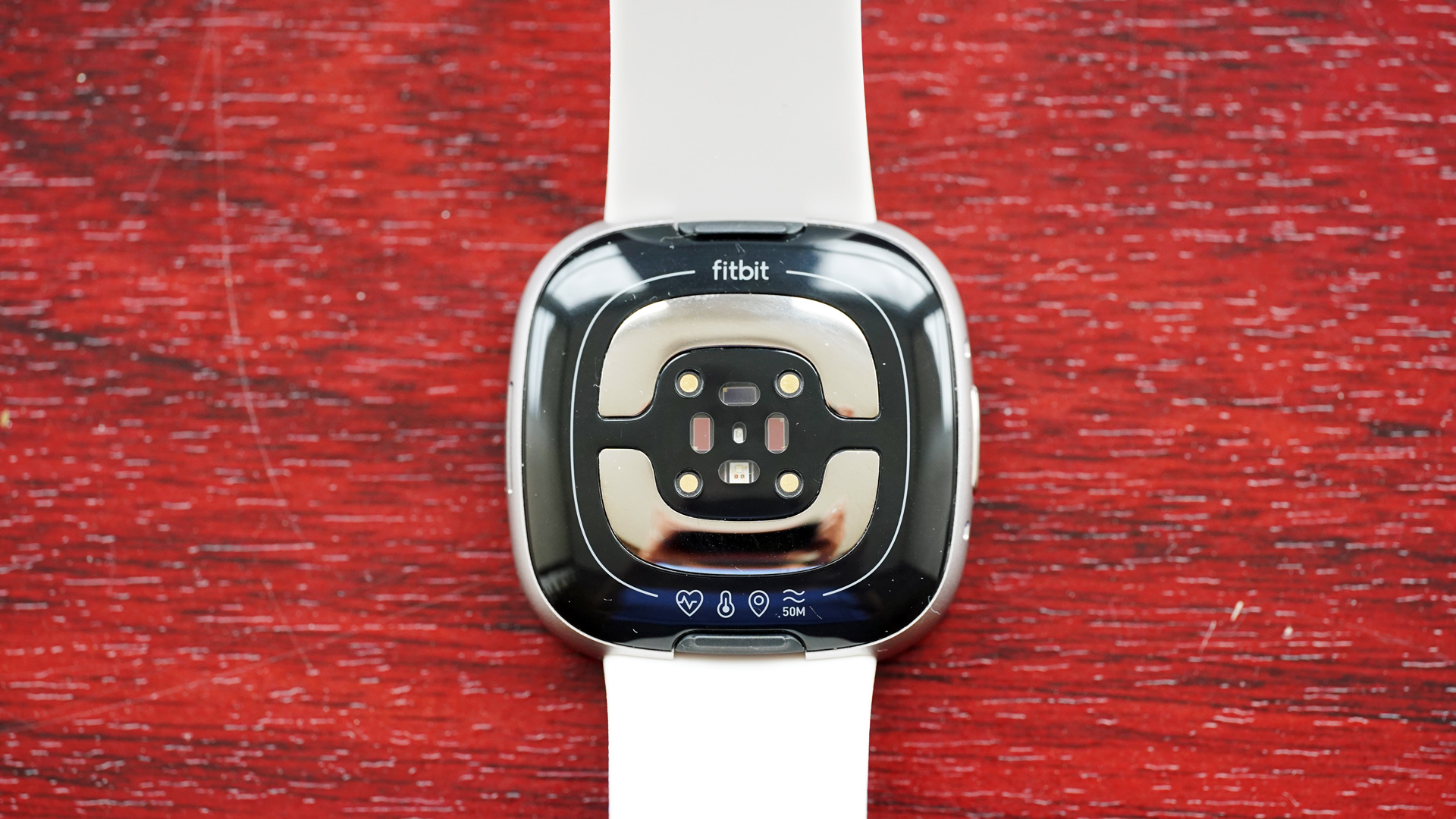
Launched in October 2022, the Sense 2 replaces the original Sense as Fitbit's top-of-the-range smartwatch, offering a wide variety of health and fitness features, including ECG, stress and sleep tracking, automatic workout recognition and more. Is it worth the upgrade, though, especially considering that the new Fitbit Sense 2 is more expensive than its predecessor?
The Fitbit Sense 2, in theory, is the best Fitbit and should showcase the best the California-based company has to offer. It’s also the first major smartwatch the firm has released since its takeover by Google in 2021, so we’ve been expecting some big improvements and, at least, an overhaul of the user interface (UI) since the original Sense wearable.
The original Sense has been renowned as an almost luxury smartwatch that boasts a host of useful wellness features all wrapped up in a friendly design that most people won’t be too offended by. It's also one of the best sleep trackers and best fitness trackers around. Let’s find out to what extent this is the case with a head-to-head review of the Fitbit Sense and Sense 2…

Fitbit Sense vs Fitbit Sense 2 – Price and availability
The brand new Fitbit Sense 2 was launched in October 2022 and is available now directly from Fitbit UK as well as many other major online retailers for £269.99 / $299.99.
The original Sense wearable, which was also £269.99 / $299.99 at launch, has come down in price since its release in September 2020 and can be picked up from retailers such as Amazon UK for as little as £185 (at the time of writing) despite it being listed for £219 on the official UK Fitbit web store (it’s recently disappeared from the US store).
As for colour options, the Sense 2 can be purchased in grey and graphite, white and platinum, or blue and gold, whereas the original Sense comes in grey and silver, carbon and graphite or white and gold colourways. None of the Sense series’ colour options has ever overwhelmed us, but they’re accessible for the most part.
Fitbit Sense vs Fitbit Sense 2 – Design
What you’ll first notice (or rather not notice) about the new Sense 2 is that it’s practically identical in design to the original Sense and also very similar to Fitbit’s other, more established smartwatch series, the Versa. There’s the same curved aluminium housing paired with a silicone band and a 1.58-inch ALOMED screen, touting a fairly decent 336 x 336-pixel count.
Sign up to the T3 newsletter for smarter living straight to your inbox
Get all the latest news, reviews, deals and buying guides on gorgeous tech, home and active products from the T3 experts
A closer look at the Fitbit Sense 2, however, will reveal some slight tweaks over the first-gen model, such as a slightly lighter and slimmer chassis. And when we say slightly, we mean it. The watch casing is 1.1mm thinner, now measuring 11.2mm, while the entire device is 6g lighter, weighing 40g. Some barely noticeable differences are still very welcome, nonetheless.
Oh, and one more thing: the one button on the Sense is now of the physical variety as opposed to the haptic version found on the original, which was never really that ergonomically pleasing if you ask us. That’s probably why Fitbit changed it.

Fitbit Sense vs Fitbit Sense 2 – Features
On to the most important bit: what’s new, feature-wise? Well, since the Fitbit Sense 2 is the first in the range to be powered by Google’s operating system since the tech behemoth swallowed Fitbit last year, you can expect a new UI, which sports new “glanceable” tiles that are easier to navigate and show important data more easily without having to delve deep into the device’s various menus.
However, the big new Google software features Sense 2 users will really benefit from, which owners of older Fitbit devices won’t -- such as Google Maps and Wallet -- won’t be seeing these apps until a firmware update “later in the year”, the firm has said. So, out of the box, you won’t really see any major improvements as far as apps are concerned.
In fact, the Sense 2 lacks on-wrist Bluetooth calls, which are also expected to land later this year, while the older Fitbit Sense already has both. So, to really garner the benefits software-wise, you’re going to have to play the long game here. Especially since we’ve heard older devices Fitbit launched pre-Google won’t be getting the software upgrades their successors are.

Luckily, there are some other big improvements in the Fitbit Sense 2, such as the inclusion of 20 new sports tracking modes, increasing the final number to 40, and a brand new continuous electrodermal activity (cEDA) sensor. This can track stress continuously by logging changes in sweat levels on your wrist; it also takes other metrics into account, such as respiration and heart rate, to determine when you feel more stressed.
The original Sense also had an EDA sensor, but you had to initiate a reading manually and cover the watch with the other hand for it to be able to measure stress. The Sense 2 is more convenient to use for stress tracking, not to mention it also has more stress-busting features onboard than its predecessor.
And what about battery life? Both the Fitbit Sense and the Sense 2 are quoted as running for six days on a full charge.
Fitbit Sense vs Fitbit Sense 2 – Verdict
While the Sense 2 delivers some decent improvements over its predecessor -- including more sports tracking options, an updated cEDA sensor for stress tracking and a slightly more sleek design – it's not quite ready to take the crown from the original Fitbit Sense due to the lack of WiFi, the currently missing features, and the higher asking price.
However, if you've never had a Sense device before and want the best that Fitbit has to offer when it comes to smartwatches, then we'd certainly recommend weighing up whether the relatively incremental improvements in the Sense 2 compared to the original Sense, alongside a bit of Google future-proofing, are worth the difference. If you do a lot of different sports and stress tracking is a big thing for you, then we think you already know the answer…
Lee Bell is a freelance journalist & copywriter specialising in technology, health, grooming and how the latest innovations are shaking up the lifestyle space. From national newspapers to specialist-interest magazines and digital titles, Lee has written for some of the world’s most respected publications during his 11 years as a journalist.
-
 These luxury private members’ clubs have their own race tracks
These luxury private members’ clubs have their own race tracksFrom the UK to the US and Japan, these are the world’s most exclusive race track members’ clubs
By Alistair Charlton Published
-
 Apple TV+'s beloved sci-fi series gets a surprise sequel and trailer
Apple TV+'s beloved sci-fi series gets a surprise sequel and trailerWondla is coming back
By Max Freeman-Mills Published
